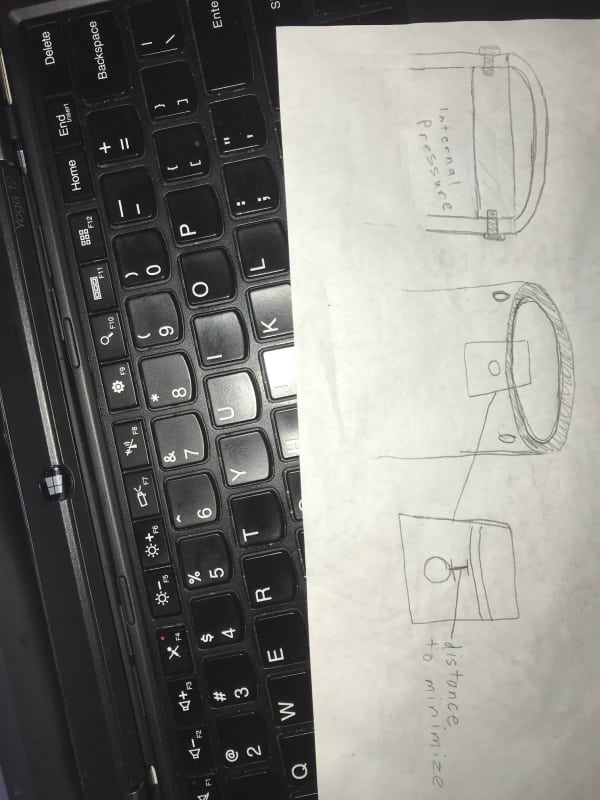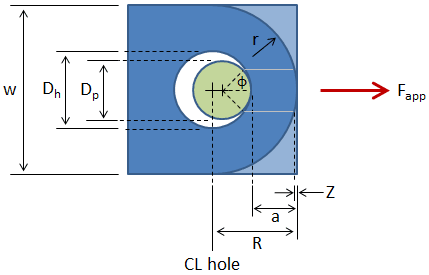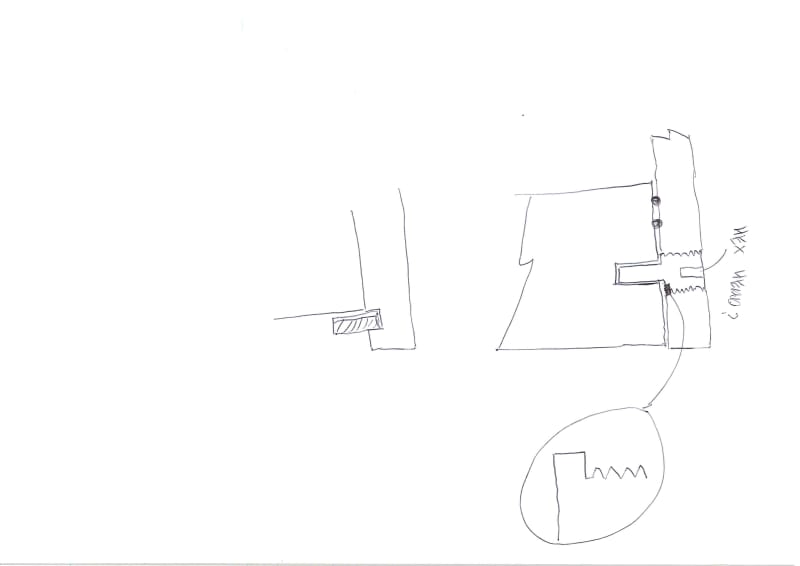Jack Oswald
Aerospace
- Nov 23, 2018
- 9
I am building a pressure vessel made of a round tube with two disk closures; the closures are retained by 1/4" bolts. I would like to minimize the distance necessary to install the retention bolts from the end of the tube. Would you calculate this distance with simple average double shear, or some compression/ single shear calculations because of the rounded surface of the bolts?





